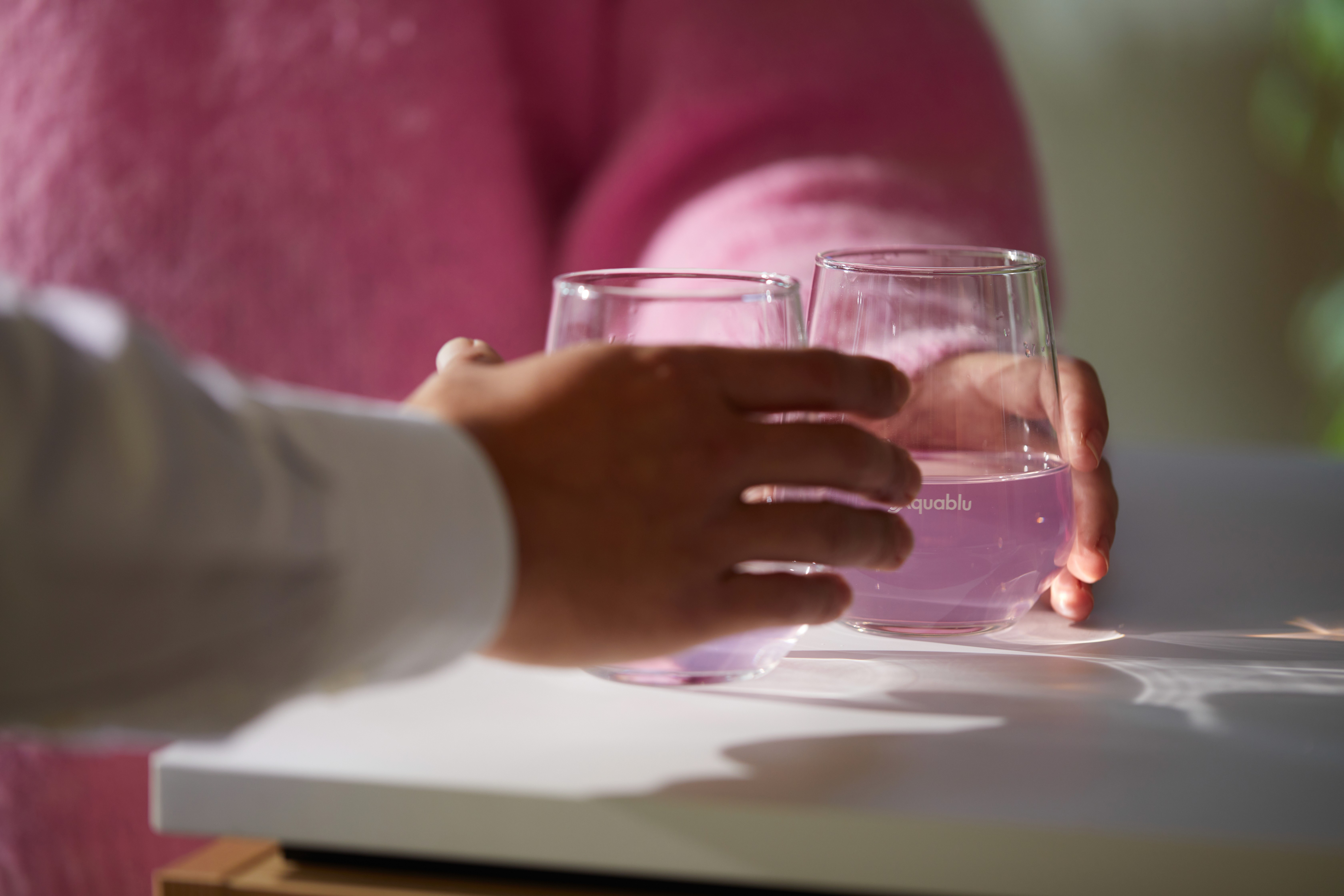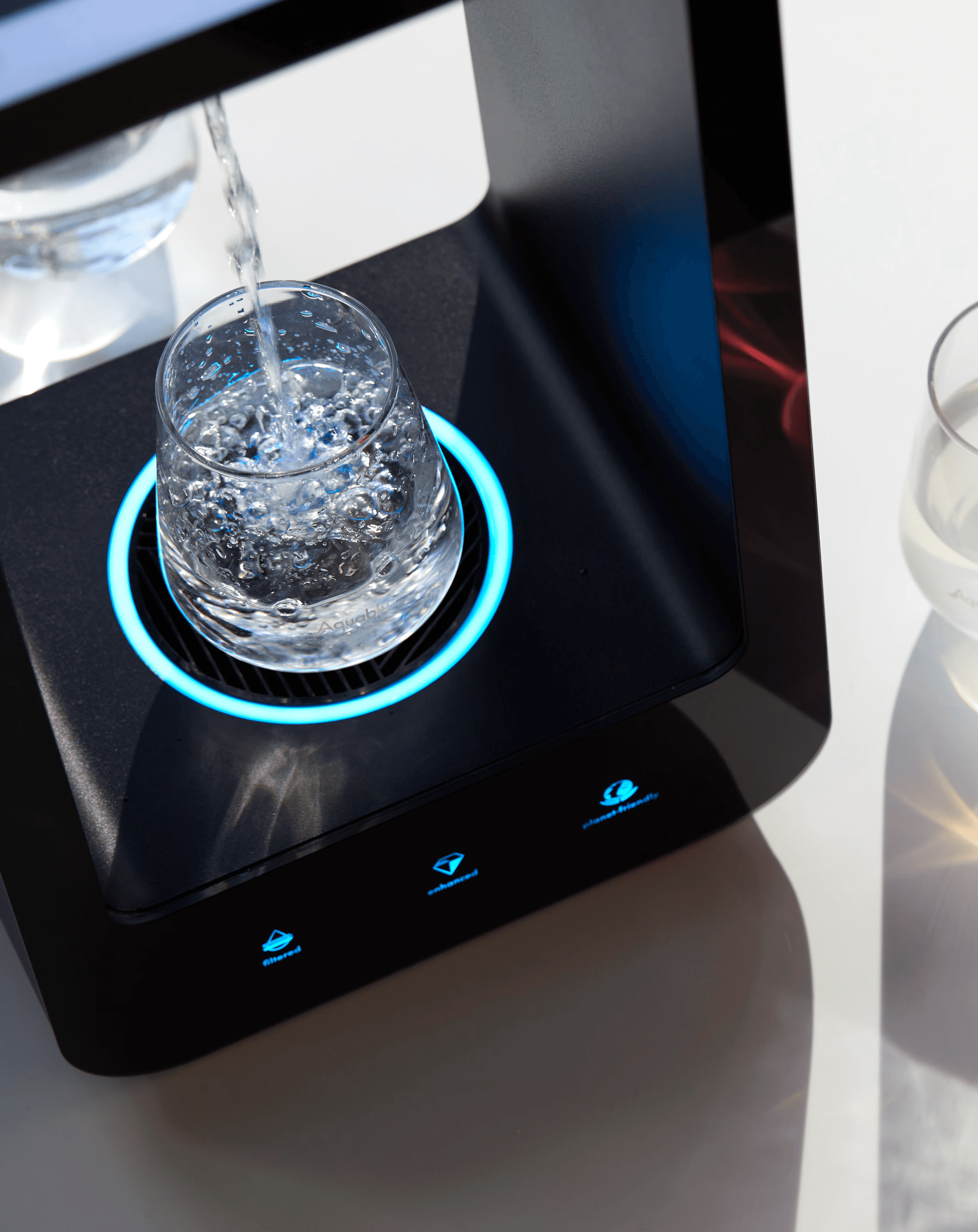Lead in your drinking water: an alarming idea. It is for good reason that the World Health Organization (WHO) has set a strict standard for lead: the guideline value is 10 microgram of lead per litre of water. Excessive exposure to lead can have negative health effects. It is therefore very important to make sure that your tap water does not contain any lead contaminants. If it does, it is not safe to drink the water from your tap.
If the WHO standard for lead in water is exceeded, this is usually due to the presence of lead pipes. Lead dissolves in stagnant water. That means that if you hold a glass under the tap, the water that has been sitting in your pipes for a while, will enter your glass together with the lead. That refreshing glass of water is suddenly not as safe as it seemed.
THE RISKS OF LEAD IN YOUR DRINKING WATER
If there is too much lead in your drinking water, there are health risks. Lead is very toxic. This means that you are at risk of ingesting too much lead, which is harmful to your health.
For babies, children and pregnant women, it is extremely dangerous to drink lead-contaminated water. Through the placenta, the unborn child can be exposed to lead. And (young) children consume a large volume of water relative to their body weight. If children are exposed to too much lead, this can result in a lower IQ and impair the development of the central nervous system. In severe cases, children can develop anaemia or growth disorders. These effects also apply to unborn babies. Pregnant women should therefore not take any risks when it comes to lead in drinking water!
Lead exposure can also impact the health of adults. It can lead to:
Damage to the stomach and intestines;
Chronic kidney diseases;
Cardiovascular diseases;
Increased blood pressure;
Anemia;
Reduced fertility.
These are all serious health hazards. Lead in your water is not a problem to take lightly.
HOW CAN YOU MEASURE THE LEVEL OF LEAD IN YOUR WATER?
Are you worried your water may contain too much lead? High levels of lead in your water are often caused by the presence of lead pipes in your home. Lead pipes can be identified by the following:
A dark, dull, grey colour that turns silver when you sand it with sandpaper;
A dull sound when you tap it with a steel spoon or similar object;
A surface that is often bumpy and irregular.
There is only one safe way to measure the level of lead in your water: with a certified test. This is the only way to reliably find out how much lead your tap water contains. The good thing is that these tests are available to everyone.
TESTING FOR LEAD IN YOUR WATER: CERTIFIED DRINKING WATER TEST
If you order a drinking water test for lead from us, we will send you a package containing a sample bottle. Fill the bottle with tap water, as per the instructions we provide. After that, you can send the bottle filled with water to our accredited lab, which tests in accordance with the latest guidelines, and measures how much lead your water contains. You will receive the results and our advice in your mailbox. This way, you will immediately know what to do, based on the values from the test.
From the moment of ordering until you receive the results in your e-mail, the process will take about two weeks, depending on how fast our lab will receive the filled bottles from you. With a drinking water test for lead, you will quickly have certainty and can take the necessary action. After all, lead is not a substance you want in your drinking water for a long period of time.
WHAT SHOULD YOU DO IF THERE IS LEAD IN YOUR TAP WATER?
In the e-mail with the test results, we will give you scientific advice on any measures to be taken.
We always recommend replacing lead pipes. Lead pipes are the main reason for the presence of lead in your tap water. Until the lead pipes are replaced, it is better to only drink bottled water. It is also better to use bottled water for food preparation and cooking. You can still shower, because your skin does not absorb lead.
Please note! The lead content in tap water does not decrease when you boil the water. Boiling water before using it is therefore not a suitable way to protect yourself from lead contamination.
FILTER THOSE LAST TRACES OF LEAD FROM YOUR WATER WITH THE AQUABLU WATER PURIFIERS
A high amount of lead in your drinking water is downright dangerous for your health, but a low level of lead poses risks too. Over the years, lead can accumulate in your body. And although lead pipes are the biggest culprit, lead can also end up in your drinking water through other (natural and non-natural) sources.
To remove those last traces of lead from your drinking water as well, Aquablu has developed an innovative filter. Our home water purifier is very easy to install, so that anyone can have truly pure water flowing from their tap in moments. Lead is not the only harmful substance that is legally permitted (in small quantities) in your drinking water. Did you know that your drinking water also contains all kinds of organisms? Microplastics, pesticides, heavy metals other than lead and medicine residues are also present in your drinking water. All in all, clean drinking water from your tap can be a lot cleaner. Enjoy pure, clean mineral water from your own tap. That is truly healthy.
by
Marc van Zuylen
/


